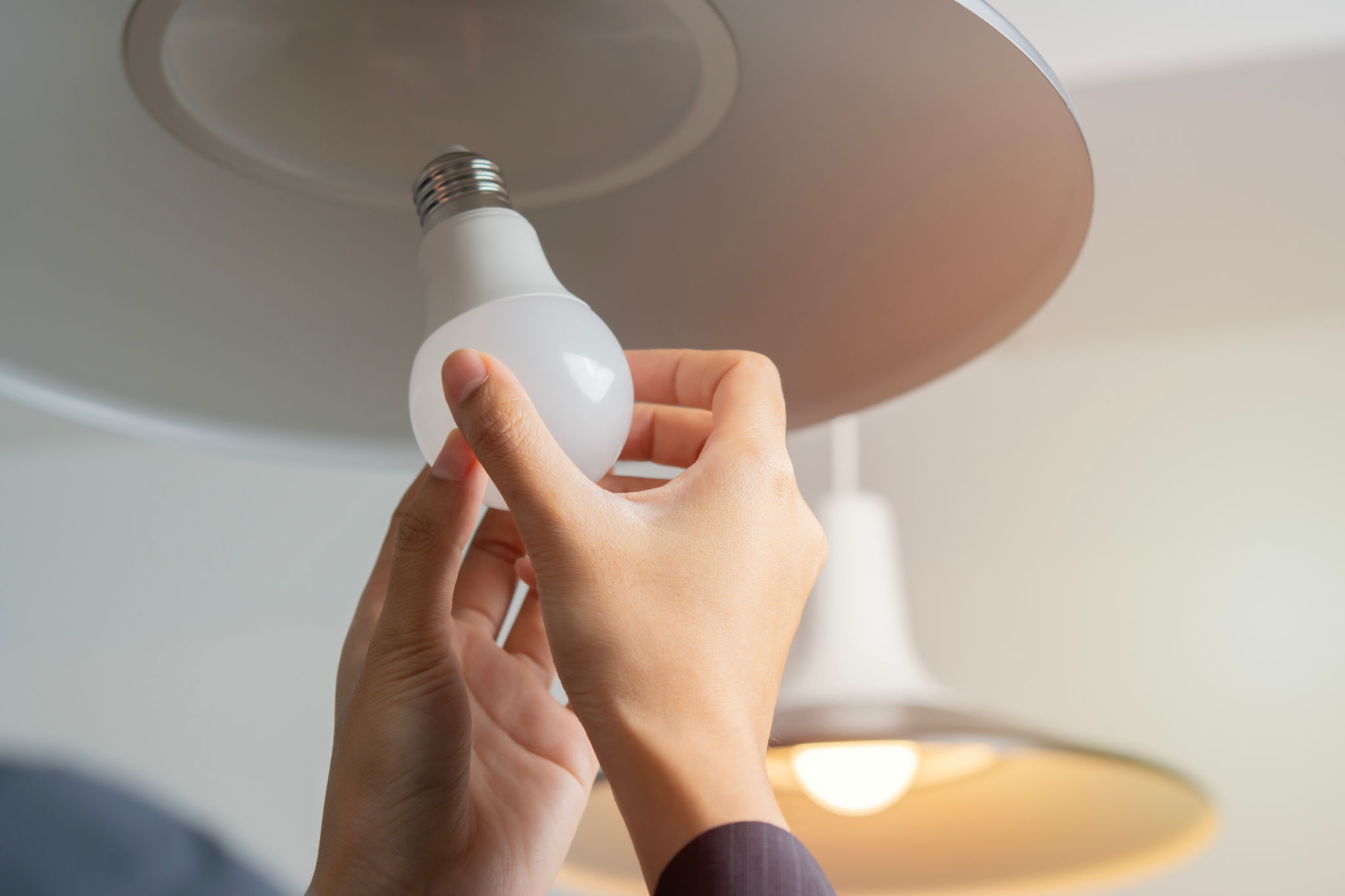Comparing LED vs. Traditional Lighting: Which Is Best for Your Home?
Understanding LED and Traditional Lighting
Lighting plays a crucial role in the ambiance and functionality of your home. With the evolution of technology, homeowners now have more choices than ever before. Two popular options are LED lighting and traditional lighting, such as incandescent and fluorescent bulbs. Understanding the differences between these options can help you make an informed decision.

Energy Efficiency
One of the most significant advantages of LED lighting is its energy efficiency. LEDs consume significantly less power compared to traditional incandescent bulbs. According to studies, LEDs use up to 80% less energy, which means lower electricity bills and a reduced carbon footprint. In contrast, incandescent bulbs convert only about 10% of energy into light, wasting the rest as heat.
Lifespan and Durability
When it comes to longevity, LEDs outshine traditional lighting options. An average LED bulb can last anywhere from 15,000 to 50,000 hours, whereas incandescent bulbs typically last around 1,000 hours. Fluorescent bulbs fare better than incandescents but still fall short of LED longevity. This means less frequent replacements and fewer disruptions in your lighting needs.

Light Quality and Variety
LED lighting offers a wide range of color temperatures, from warm whites to cool blues, allowing you to customize the lighting to suit different spaces within your home. Traditional incandescent bulbs are known for their warm light, which some people prefer in certain settings. However, advancements in LED technology have made it possible to replicate this warm glow effectively.
Additionally, LEDs provide better light distribution and are available in various shapes and sizes, making them versatile for different fixtures and applications.
Cost Considerations
The initial purchase cost of LED bulbs is typically higher than that of traditional bulbs. However, the long-term savings on energy bills and reduced replacement frequency often offset this initial investment. Over time, homeowners find that LEDs are more cost-effective.

Environmental Impact
LEDs are not only energy-efficient but also environmentally friendly. They contain no hazardous materials like mercury, which is present in fluorescent bulbs. Since LEDs last longer, they contribute less waste to landfills. Choosing LED lighting is a step towards a more sustainable future.
Conclusion: Making the Right Choice
When deciding between LED and traditional lighting for your home, consider the long-term benefits and the specific needs of each room. For those prioritizing energy efficiency, longevity, and environmental impact, LEDs are the clear winner. However, if initial costs are a significant concern or if you have a specific preference for traditional light quality, you might choose to stick with incandescent or fluorescent options in certain areas.
Ultimately, the best choice depends on your priorities and how you balance factors like cost, efficiency, and aesthetics. As technology continues to evolve, so do the possibilities for innovative and effective home lighting solutions.
